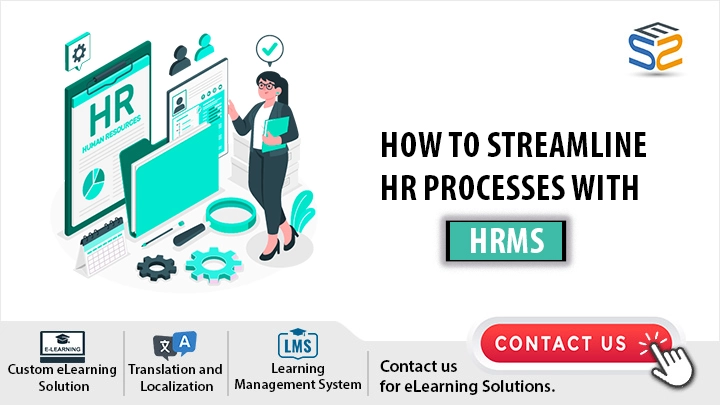How to Streamline HR Processes with HRMS
Introduction
Efficient HR processes are crucial for any organization’s success. Human Resource Management Systems (HRMS) offer a powerful solution to streamline these processes. By integrating technology into HR functions, businesses can achieve greater efficiency and accuracy. This blog explores how HRMS can transform HR operations and provides practical tips for implementation.
What is HRMS?
HRMS, or Human Resource Management System, is a software solution designed to manage and automate various HR functions. It centralizes employee data, simplifies administrative tasks, and supports strategic decision-making. With HRMS, HR teams can handle payroll, recruitment, performance management, and more from a single platform.
By integrating HRMS, organizations can replace manual processes with automated workflows. This reduces errors and frees up time for HR professionals to focus on strategic activities. HRMS systems are scalable, meaning they can grow with your organization’s needs, making them a versatile choice for businesses of all sizes.
Benefits of Using HRMS
Increased Efficiency
HRMS enhances efficiency by automating routine HR tasks. Processes like payroll processing, leave management, and benefits administration can be handled more quickly and accurately. Automation reduces the time spent on manual data entry and minimizes the risk of errors.
For instance, automated payroll systems ensure timely and precise salary calculations, while leave management modules simplify tracking employee absences. This results in streamlined operations and allows HR staff to concentrate on more strategic tasks.
Improved Accuracy
Accuracy is a major benefit of HRMS. By eliminating manual processes, HRMS reduces human errors associated with data entry and calculations. This leads to more reliable HR reports and compliance with regulations.
Real-time data updates ensure that all information is current and accurate, which is crucial for effective decision-making. With precise data at your fingertips, HR teams can make informed choices and address issues proactively.
Key Features of an Effective HRMS
Employee Self-Service
An effective HRMS includes an employee self-service portal. This feature allows employees to manage their personal information, request time off, and access pay stubs without direct HR intervention.
Employee self-service not only enhances employee satisfaction by providing greater control over their HR-related tasks but also reduces the administrative burden on HR staff. This feature contributes to a more efficient and streamlined HR process.
Automated Workflows
Automated workflows are central to an HRMS. They streamline processes by automating tasks such as onboarding, performance reviews, and compliance reporting.
For example, automated onboarding workflows can guide new hires through necessary steps, from document submission to training schedules. This ensures a consistent and efficient onboarding experience.
Real-Time Reporting
Real-time reporting is another essential feature. HRMS systems offer customizable reports that provide insights into various HR metrics, such as employee performance and turnover rates.
Real-time reports enable HR teams to monitor trends and make data-driven decisions. This proactive approach helps in addressing potential issues before they escalate.
Implementing HRMS: Best Practices
To effectively implement HRMS, follow these best practices:
- Assess Your Needs: Identify the specific HR processes that need improvement and choose an HRMS that aligns with your requirements.
- Choose the Right HRMS: Select a system that offers the features you need and can integrate with your existing technology.
- Provide Training: Ensure that HR staff and employees receive adequate training on the new system to maximize its benefits.
- Monitor and Evaluate: Continuously monitor the system’s performance and gather feedback to make necessary adjustments.
By following these steps, organizations can ensure a smooth transition to HRMS and fully realize its benefits.
Conclusion
Streamlining HR processes with an HRMS offers numerous advantages, including improved efficiency and accuracy. By understanding the key features and best practices for implementation, organizations can enhance their HR operations and support overall business success. Embracing HRMS technology not only simplifies HR tasks but also provides valuable insights for strategic decision-making.
Frequently Asked Questions (FAQs)
Q1. What does HRMS stand for?
A. HRMS stands for Human Resource Management System. It is a software solution that helps manage various HR functions and processes.
Q2. How can HRMS improve HR processes?
A. HRMS can streamline processes by automating routine tasks, providing real-time data, and improving accuracy in employee management.
Q3. What features should I look for in an HRMS?
A. Key features include employee self-service, automated workflows, and real-time reporting.
Q4. How do I implement HRMS in my organization?
A. Start by assessing your needs, selecting the right HRMS, and ensuring proper training and integration with existing systems.




